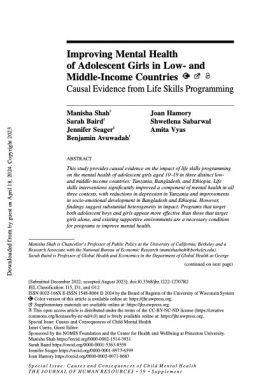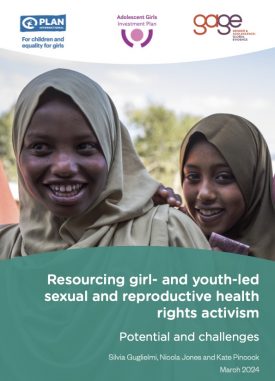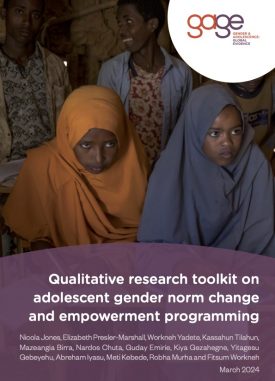Intergenerational capability development refers to the changes in capabilities that are experienced across and between different generations of women and girls. In Nepal, the lives of younger women compared with older women have changed dramatically in recent years. For example, compared to women aged 35–39 years, women aged 20–24 years are less likely to have been married before age 18 (40% versus 57%), to have had children by age 18 (16% versus 25%), or to have no schooling (6% versus 54%). However, the younger cohort are only slightly more likely to hold a professional job (7% versus 5%) (Ministry of Health, 2017). This shows that the barriers facing women are at the level of society rather than the individual; overcoming those barriers will therefore require broader structural transformation.
Understanding intergenerational change enables us to identify opportunities for policy and programming to expand the capabilities of women and girls. This policy brief compares mothers’ and daughters’ capabilities in Nepal to assess where changes have been strongest and weakest – and, importantly, the influence of maternal capabilities on daughters’ capabilities in several key domains. We conclude with recommendations about the implications of this research for policy and programming for adolescent girls.
Suggested citation
Jackson, E., Khan, Z. and Yount, K. M. (2019) ‘Intergenerational capabilities development in mothers and adolescent daughters in Nepal.’ Policy Note. London: Gender and Adolescence: Global Evidence. (https://www.gage.odi.org/publication/intergenerational-capabilities-development-in-mothers-and-adolescent-daughters-in-nepal/)


